Yoga Blog
Finding Your Comfortable Seat: Essential Seated Yoga Postures for Meditation
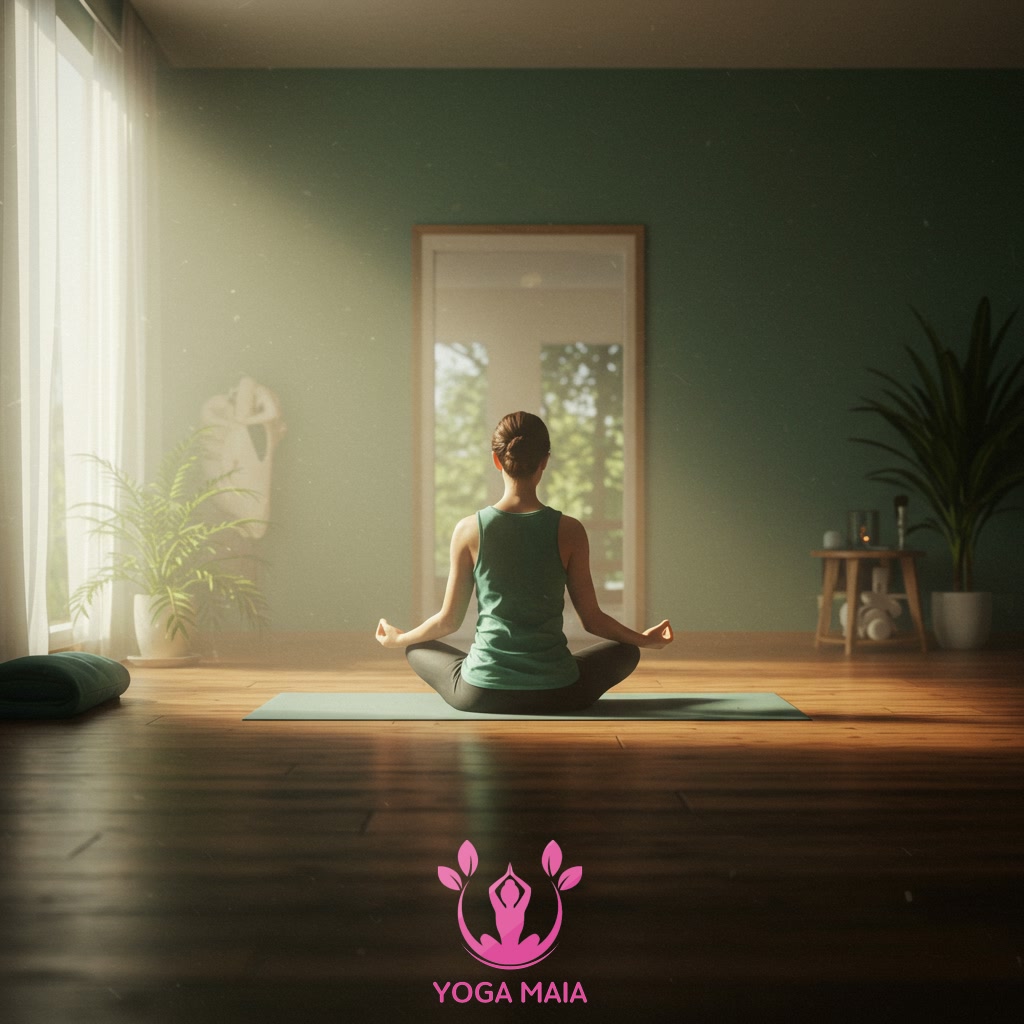
This content explores essential seated yoga postures designed to help individuals find a comfortable and stable position for meditation practice. It guides readers through various yoga poses suitable for sitting, emphasizing alignment and ease. The focus is on utilizing specific yoga techniques to enhance physical comfort, allowing for longer and more focused meditation sessions. By exploring these accessible yoga postures, practitioners can discover their ideal seated foundation.
Table of Contents
- Section 1: The Importance of a Comfortable and Stable Meditation Seat
- Section 2: Foundational Principles for Finding Your Seat
- Section 3: Exploring Essential Seated Yoga Postures (Asanas)
- Section 4: Modifications and Using Props for Support
- Section 5: Finding Your Personal Comfortable Meditation Posture
- Section 6: Integrating Your Comfortable Seat into Daily Meditation Practice
Section 1: The Importance of a Comfortable and Stable Meditation Seat
The foundation of any successful meditation practice is a comfortable and stable physical posture. Without a secure and easeful seat, the body becomes a significant source of distraction. Pain, tension, and the constant urge to shift position pull the mind away from its intended focus, making it difficult to cultivate stillness and concentration. A stable base allows the body to settle and relax, reducing physical noise and freeing up mental energy. When you are physically comfortable and grounded, you can remain still for longer periods, enabling deeper states of concentration and introspection. Finding this ideal seat isn’t merely about physical comfort; it’s about creating a supportive physical environment where the mind can truly find stillness and clarity, serving as the essential first step towards a more profound meditation experience.
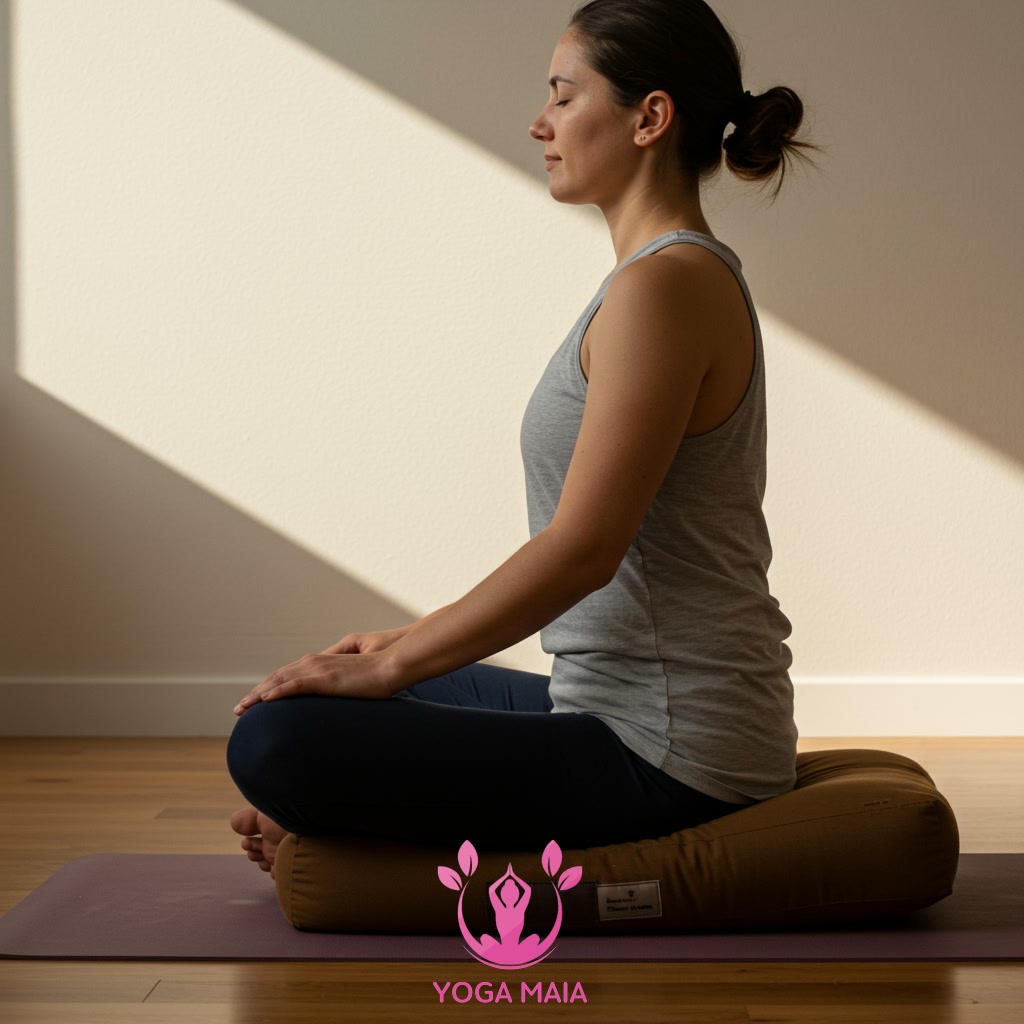 The Importance of a Comfortable and Stable Meditation Seat
The Importance of a Comfortable and Stable Meditation Seat
Section 2: Foundational Principles for Finding Your Seat
Building on the understanding that physical discomfort hinders meditation, finding your comfortable seat involves applying foundational principles rather than just collapsing into a random position. The first principle is stability; your base (hips, legs) should feel grounded and secure, allowing the rest of the body to rise effortlessly. Equally important is ease; actively release unnecessary tension, particularly in the shoulders, neck, and jaw. The spine should be allowed to lengthen naturally, creating an upright but not rigid posture that supports alertness without strain – this is alignment. Recognizing that everyone’s body is different, utilizing props like cushions or blocks to support the hips and knees is also a key principle, helping achieve stability and ease without forcing the body into uncomfortable positions. Adhering to these principles establishes a stable and comfortable physical foundation, freeing the mind from bodily distractions and allowing deeper focus during meditation.
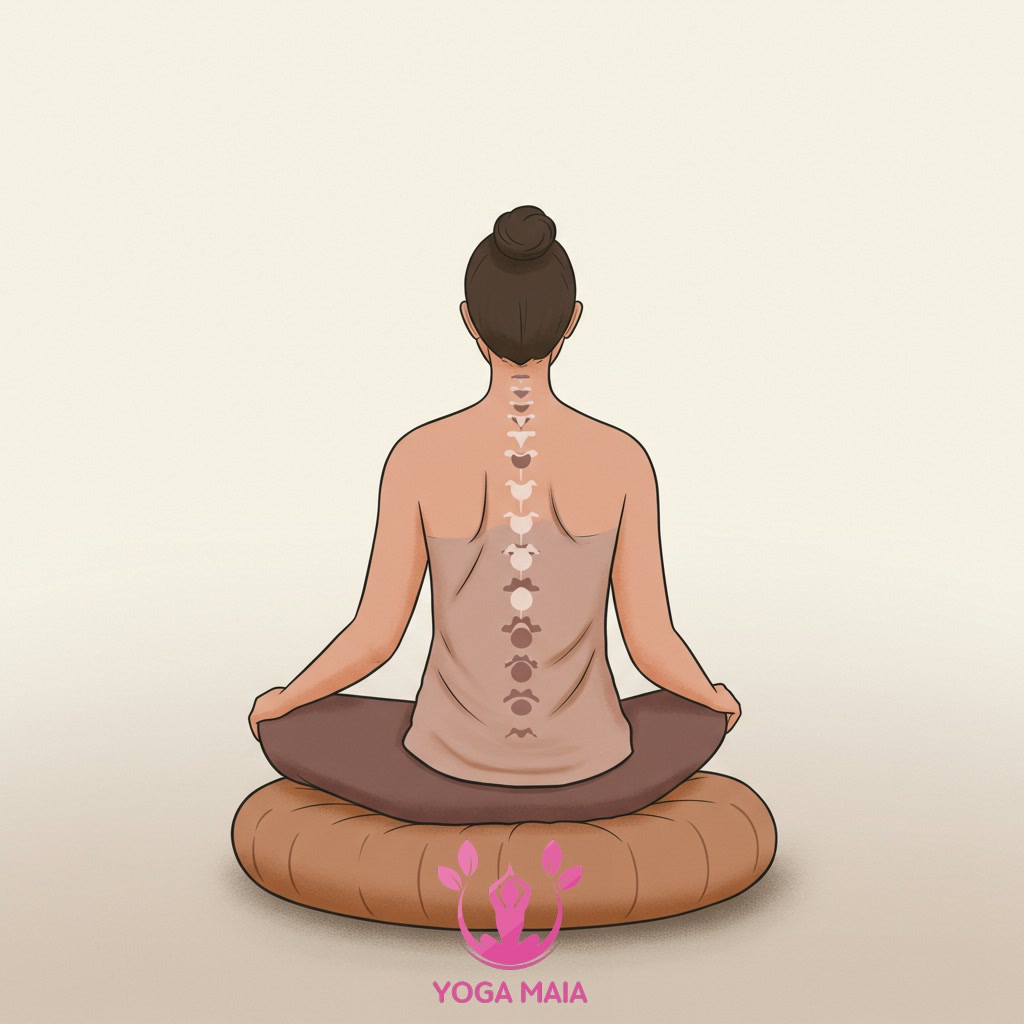 Foundational Principles for Finding Your Seat
Foundational Principles for Finding Your Seat
Section 3: Exploring Essential Seated Yoga Postures (Asanas)
Building on the understanding that physical discomfort hinders meditation, finding your comfortable seat involves applying foundational principles rather than just collapsing into a random position. This section delves into exploring essential seated yoga postures, known as asanas, specifically chosen for their ability to create a stable and comfortable foundation for meditation. We will examine poses like Sukhasana (Easy Pose), Ardha Padmasana (Half Lotus), and potentially kneeling variations, understanding how proper alignment in these postures can alleviate pressure points, support the spine’s natural curve, and relax the hips and legs. The goal is not strict adherence to a perfect shape, but finding a variation that allows *your* body to feel balanced and at ease, enabling you to sit for extended periods with minimal distraction from physical discomfort.
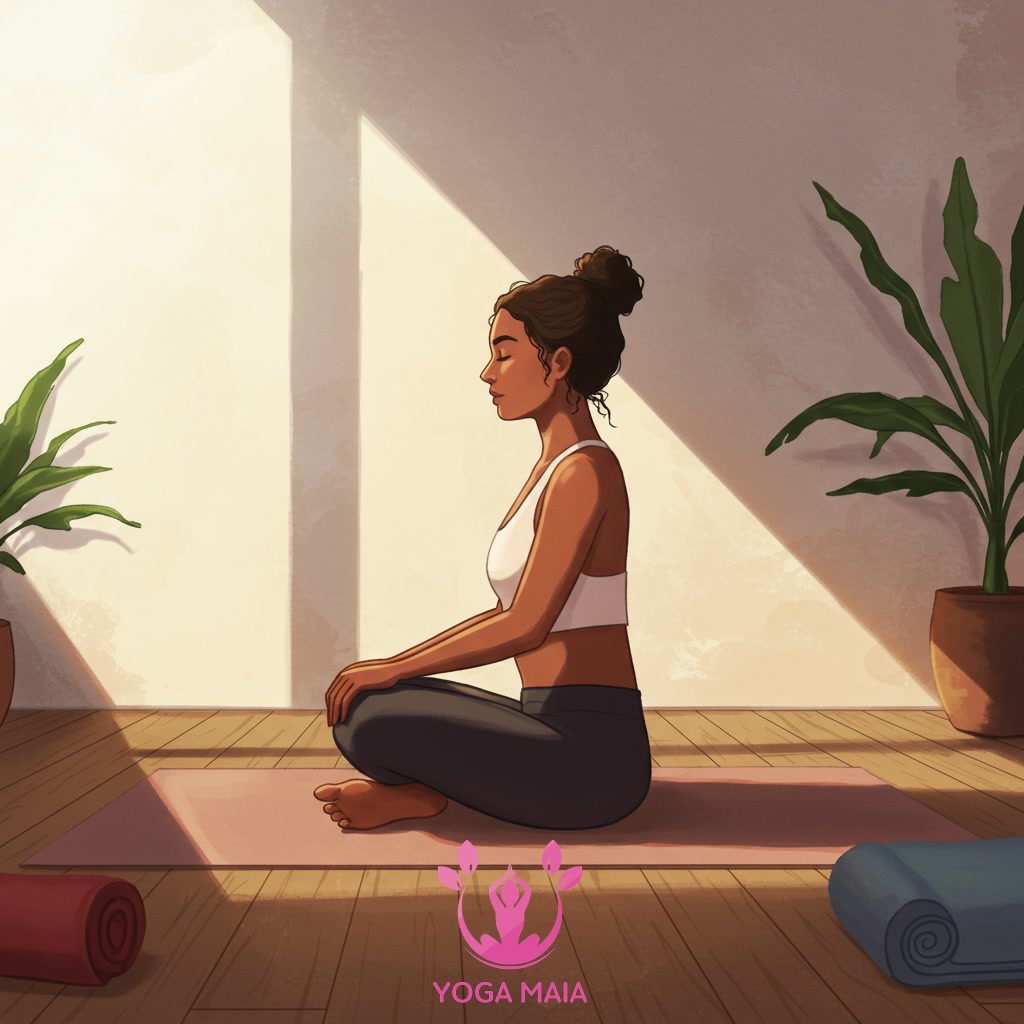 Exploring Essential Seated Yoga Postures (Asanas)
Exploring Essential Seated Yoga Postures (Asanas)
Section 4: Modifications and Using Props for Support
Finding a comfortable seated position for meditation is often an evolutionary process, and modifications are key, especially if you experience tightness in the hips, knees, or lower back. Don’t feel pressured to achieve a specific ‘perfect’ posture; the goal is stability and ease. Utilizing props is highly encouraged and often necessary for beginners and experienced practitioners alike. A cushion or folded blanket placed under the sitting bones can elevate the hips, allowing the knees to fall below the hip crease, which helps maintain a natural curve in the lower back and prevents slouching. If your knees are significantly higher than your hips or feel strained, placing blocks or rolled blankets underneath them provides crucial support and reduces discomfort. Some individuals may also benefit from sitting with their back against a wall for spinal support. Experiment with different props and placements to discover what creates the most sustainable and comfortable foundation for your body, enabling longer, more focused meditation sessions without distraction from physical pain.
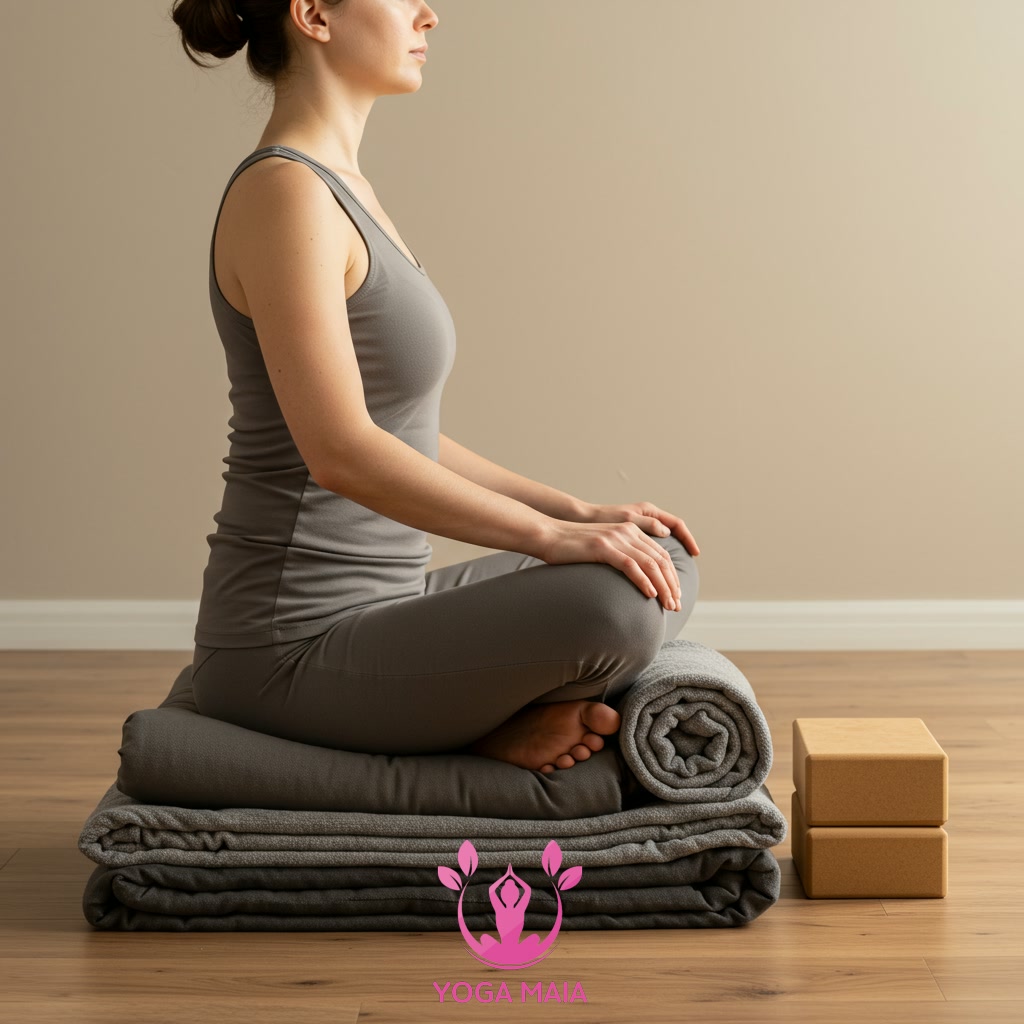 Modifications and Using Props for Support
Modifications and Using Props for Support
Section 5: Finding Your Personal Comfortable Meditation Posture
Finding *your* personal comfortable meditation posture is less about achieving a perfect, standardized pose and more about a process of self-discovery and adaptation. Building on the idea that modifications are essential, this stage emphasizes listening intently to your own body’s unique needs and limitations on any given day. It involves exploring different seated options – perhaps trying a simple cross-legged position, kneeling with support, sitting on a bolster, or even using a chair – and noticing how each affects your hips, knees, back, and overall sense of ease. Patience is key; your ideal seat may evolve over time as your flexibility and strength change. The goal is to find a stable foundation where you can sit with a relatively upright spine, allowing your body to feel settled enough that you can turn your attention inward without being constantly distracted by physical discomfort. It’s a personal journey of gentle experimentation to locate the position that best supports your presence and focus during meditation.
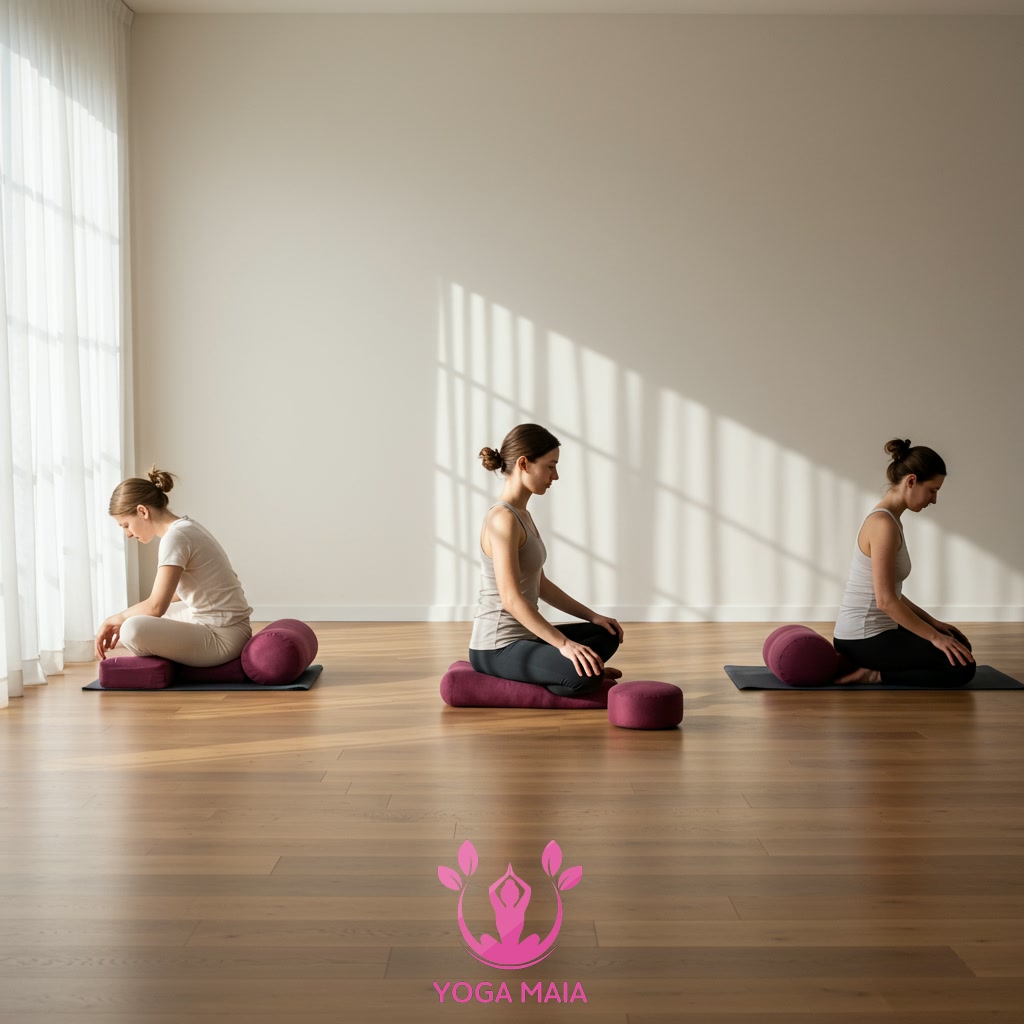 Finding Your Personal Comfortable Meditation Posture
Finding Your Personal Comfortable Meditation Posture
Section 6: Integrating Your Comfortable Seat into Daily Meditation Practice
Successfully integrating your comfortable seat into daily meditation practice involves consistency and mindful adaptation. Having explored various postures and modifications to find stability and ease, the next step is to commit to using this foundation regularly. Understand that your body’s needs may vary day to day, so remain open to subtle adjustments even within your chosen comfortable pose. This isn’t about rigid adherence, but rather a dynamic relationship with your body, ensuring that the physical posture continues to support, not hinder, your mental focus. Make sitting for meditation a non-negotiable part of your routine, knowing that each time you settle into your comfortable seat, you are reinforcing the connection between physical calm and mental presence.
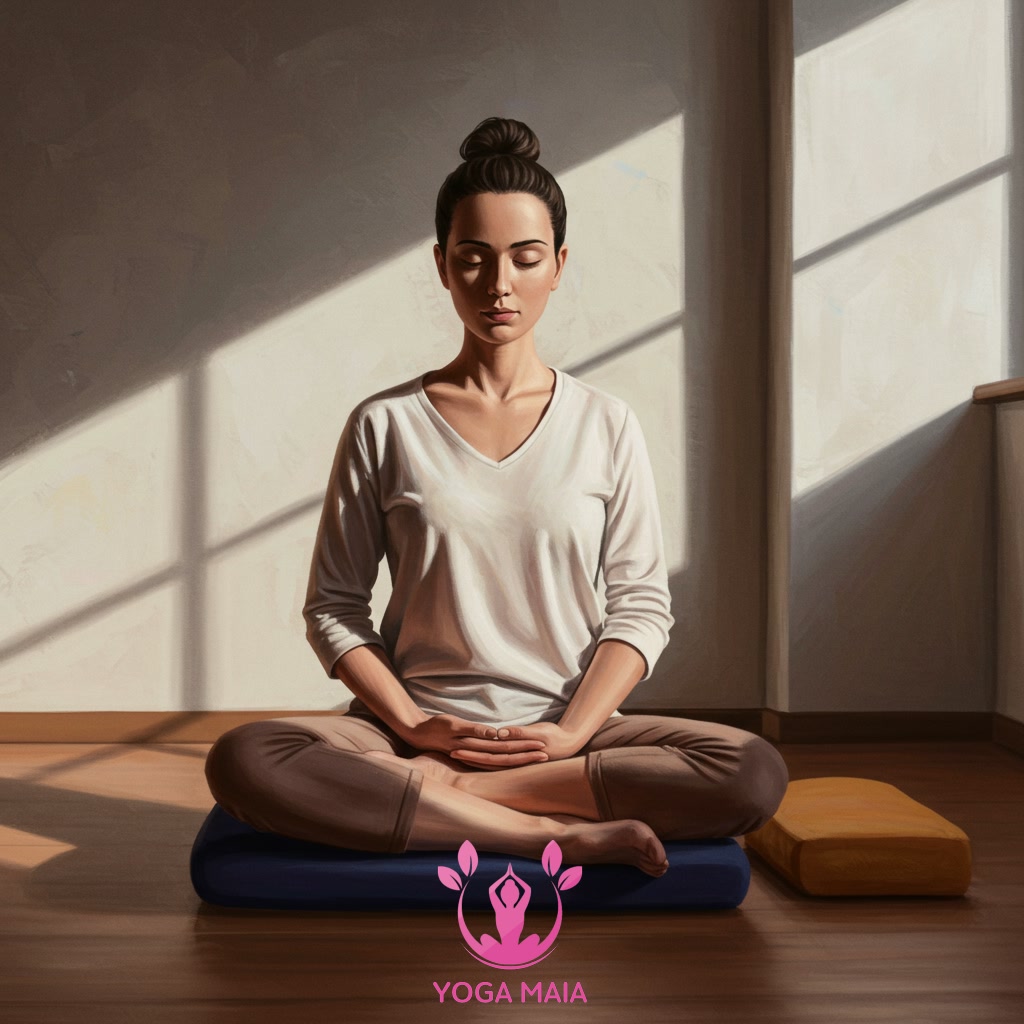 Integrating Your Comfortable Seat into Daily Meditation Practice
Integrating Your Comfortable Seat into Daily Meditation Practice












